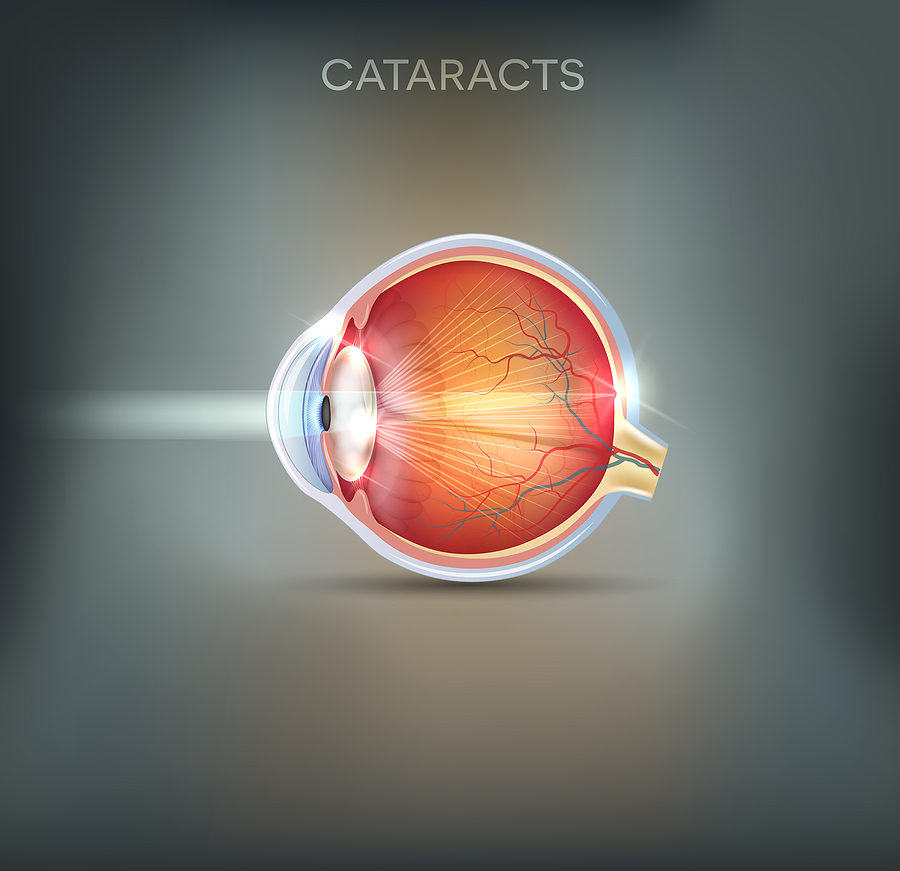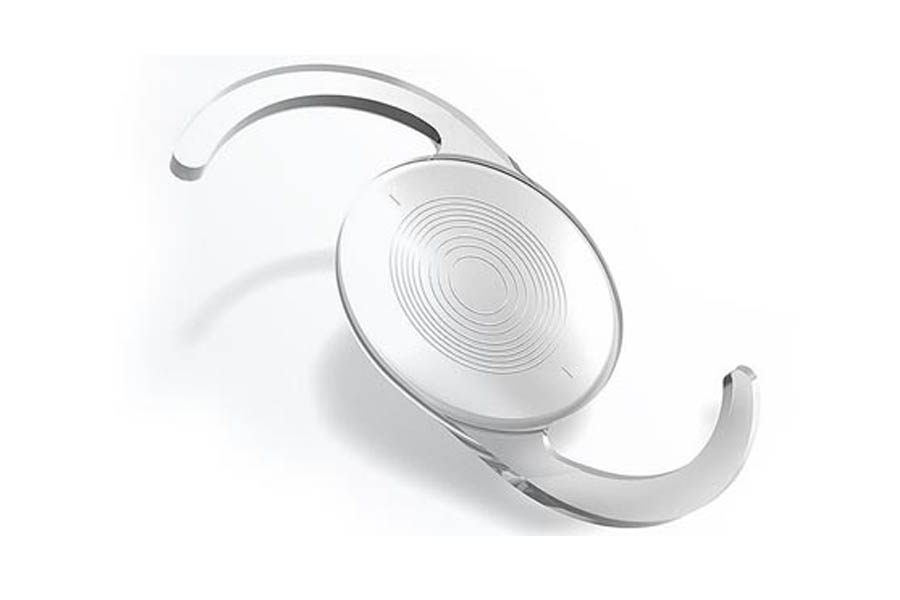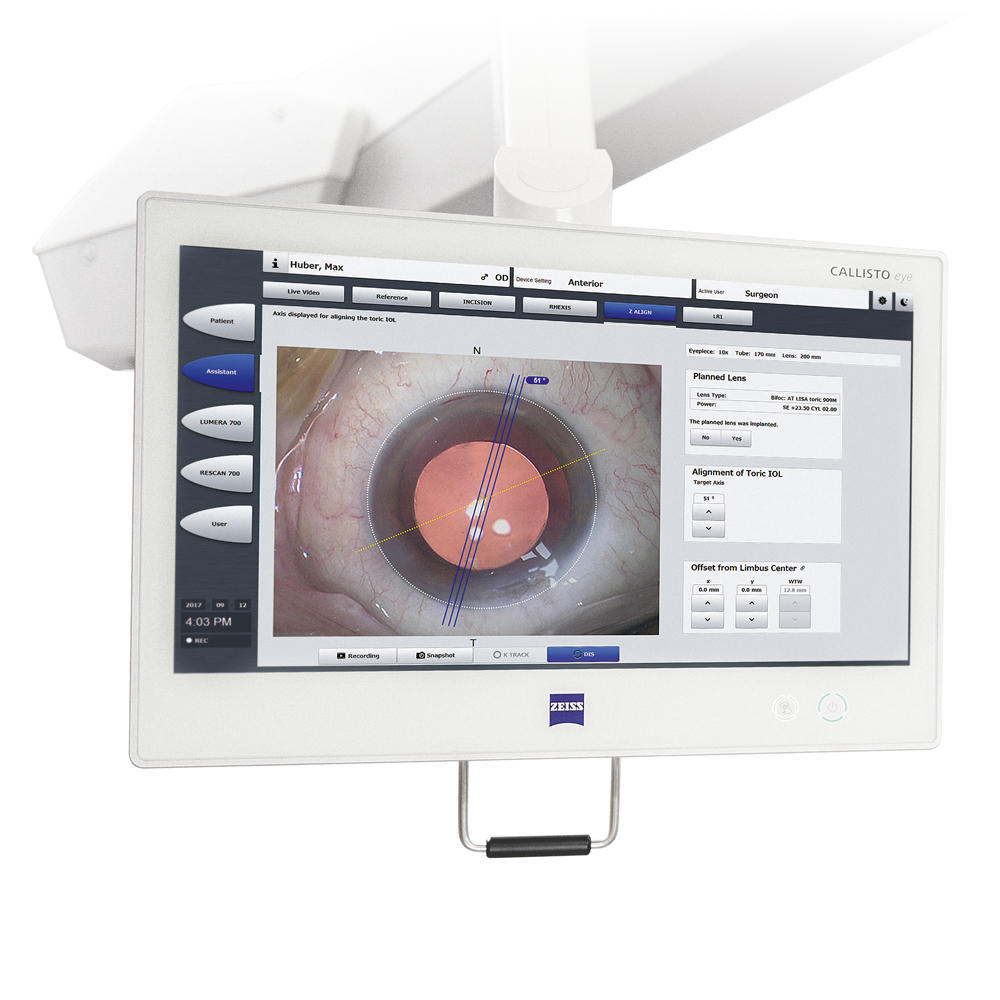Cataract Specialist
What Are Cataracts
A cataract is a painless, cloudy area in the lens of the eye that blocks the passage of light to the retina, which causes vision impairment. Cataracts sometimes may remain small and may not be noticeable. They may not seriously affect vision, and some cataracts do not need to be removed. However, many cataracts grow larger or more dense over time, often causing severe vision changes.
Not all cataracts impair vision or affect daily living. But when they do, common symptoms include:
- Cloudy, fuzzy, foggy or filmy vision.
- Glare from lamps or the sun, which may be severe.
- Difficulty driving at night due to glare from headlights.
- Frequent changes in eyeglass prescription.
- Double vision.
- Second sight – temporary improvement in near vision (such as that needed for reading) in farsighted people.
- Difficulty performing daily activities because of vision problems.


How Are Cataracts Treated?
Cataracts are usually treated with surgery if vision problems are interfering with the person’s quality of life. Cataract surgery is very common and currently has the highest success rate of any surgical procedure. It involves removing the natural lens of the eye, which contains the cataract. The lens is then usually replaced with an artificial lens called an intraocular lens (IOL) implant. Today, there are technological advancements that allow patients to become less dependent of glasses after cataract surgery. Ask one of our doctors if you are a candidate for these premium lenses.
~Information graciously provided by www.Alcon.com
ZEISS CALLISTO eye
Computer assisted cataract surgery
At Chicago Glaucoma Consultants, we offer advanced technologies.
With ZEISS CALLISTO eye® markerless alignment, manual marking steps can be skipped altogether for an efficient1 and precise2 toric IOL alignment to reduce residual astigmatism. It helps you meet patient expectations with assistance functions projected directly into your surgical field.


